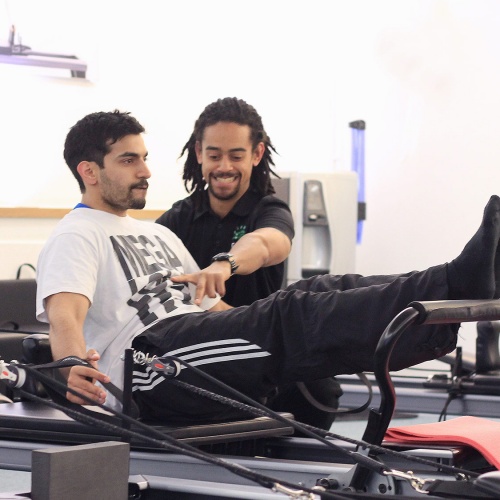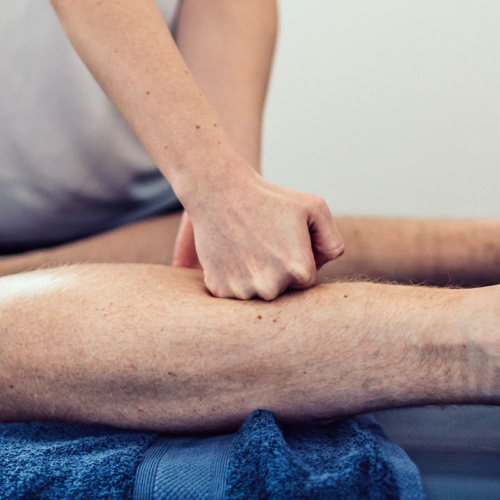It’s a feeling we all know – that deep muscle burn, that empty feeling in the legs, not enough air to feed your muscles – when you can’t take another step or manage another rep.
Fatigue, that moment where your body just says ‘no’ is something that we’ll all have experienced at some stage.
But what causes it? And what can we do to counter it?
Although usually seen as a physical challenge – essentially because it’s something we “feel” – there are both physical and mental elements of fatigue, and to the ability to push through it.
There are two physical causes of fatigue. One is a lack of energy being delivered to our muscles (what endurance athletes refer to as bonking or the knock) so they effectively run out of fuel. The other is a build-up in our muscles and blood of waste products (lactic acid or carbon dioxide) from exercise.
But there’s also a mental element. Effectively the brain is telling us to stop as an in-built early warning system to stop us from crashing.
Of the two elements, the physical problems are more straightforward to address – essentially it’s down to smart training and recovery.
So 1, it’s about building a programme which has a steady increase in load over time, so we do not over-reach and ask the body to do too much before it has the strength and endurance to do it. 2, it’s about nutrition – eating the right food before and after training to replenish our stores and help the body adapt to the desired training effects. And 3, it’s about recovering well – stretching and foam rolling to stop muscles from tightening up, with regular massages to help the body recover faster, better and adapt to the new training load.
Overcoming the mental side is a more interesting question. We all know someone who seems to be able to push themselves harder and longer than everyone else – almost as if they enjoy the pain.
How do these people push themselves? And what can we learn from them?
The first most basic approach is the simplest, overriding the body’s early warning system either through an internal fight or by reasoning with the body. Current hour cycling record holder – Jens Voigt describes his response to pain as telling his legs to shut up – he’s simply recognising that the pain in his legs is a response to the exercise, and telling them (actually himself) to suck it up and get on with the task in hand.
Another approach is to reason and bargain with yourself. Rather than seeing the session as one block, once we start to hear the brain’s ‘quit’ message, set a smaller target – one more minute, one more lamppost, one more squat. Mentally it’s less daunting to keep doing ‘just one more’ than it is to will yourself through another kilometre, hour or set.
We can also use our desired outcomes as effective stimulants to keep us going. When it starts hurting remember why you are doing this. Think of that race, or those jeans or how you want to look on the beach.
Acknowledge that it’s not going to come easy and it’s this next minute that makes the difference. Personally, I remember my losses on the water, and tell myself that what I do in this session will stop me from feeling that again.
For those who seek a more deeper understanding then using Dr Stephen Peters’ Chimp model is an excellent start – this is based on realising that your brain has an emotional and a logical side (a chimp and a computer). Under stress our chimp (the emotional side) starts to take over. It tells us that this hurts, we can stop or we can back off slightly, or it creates the fear of not finishing.
When we feel these emotions we must learn to use our computer (the logical side) and: (a) recognise what’s happening – this is our chimp trying to taking over but we don’t have to let it and (b) remember that we have trained for this, and when the pain sets in, accept that this is normal but that we can keep going- and it’s when we do that we will see the bigger benefits.
Of course this is not an easy task, but next time we feel that burn, if we can successfully engage the great muscle upstairs – the one between our ears – to keep us going that bit longer, that’s when we’ll really see the results we’re after.





